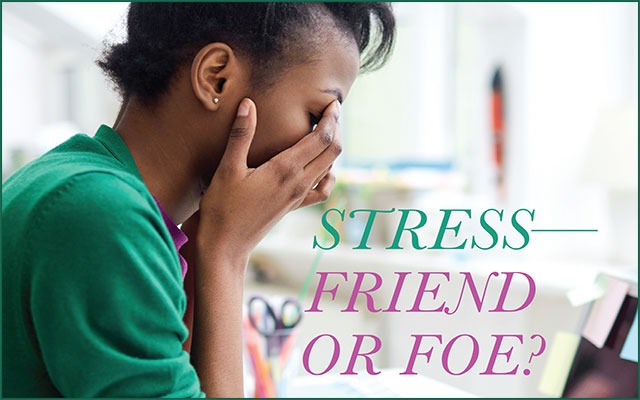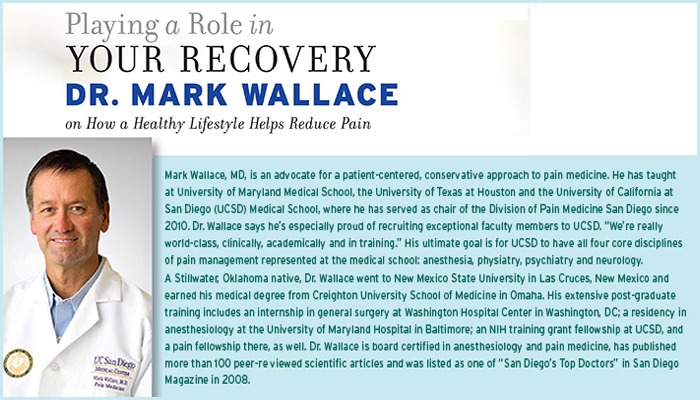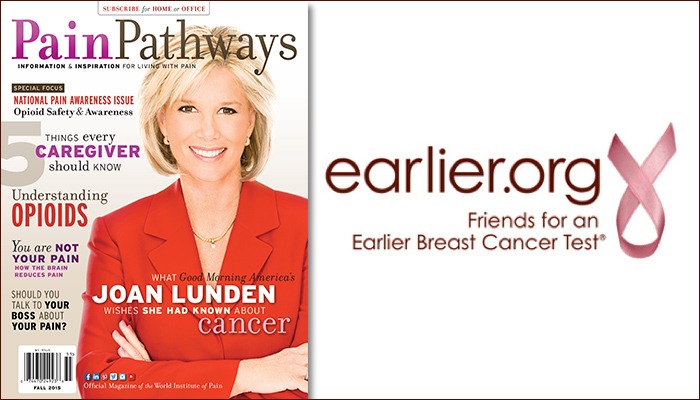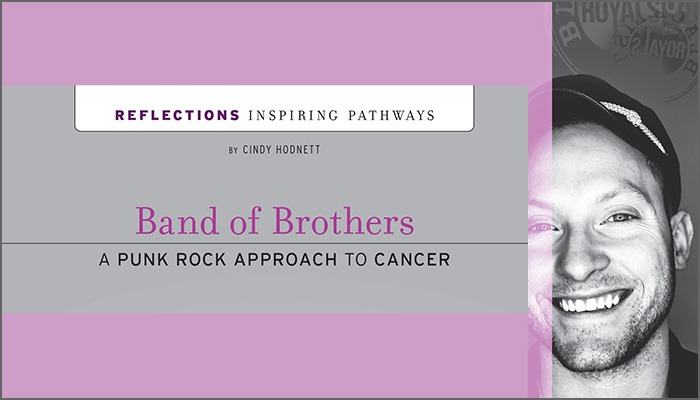Are There Benefits of Stress? Friend or Foe?

We’ve been given the impression that stress is a problem—something we have to eliminate or control. But stress reactions provide a vital source of personal safety that needs to be understood and valued. There are benefits of stress? Yes.
It’s when the brain’s alarm becomes hyperactive or mismatched to the level of real danger that our overreaction harms relationships and jobs. The problem with the resulting stress is that most of us don’t know how to turn the false alarms down.
We tend to avoid what stresses us until we absolutely have to deal with it. Or we try to ignore how we feel when we’re stressed (watch TV, play Internet games, put in the earbuds and zone to music). Instead of learning to use stress as a teacher, we try to hide from it.
When our stomachs growl, we eat. When we feel sleepy, we know it’s time to go to bed. So why don’t we think of body or emotional stress reactions as a sign to pay attention to the triggers or find better ways of coping?
Many stress-management approaches focus on diverting one’s attention or calming the body, when what we need is to become aware or what triggered the meltdown, and provide our body/mind with what it’s calling for: safety and security.
Clinical psychologist and professor of psychiatry Julian Ford explains in his book, Hijacked by Your Brain1, that support, counseling and medications can help in the short term, but may not teach individuals the skills to improve their responses.
When our brains are alarmed, our ability to think clearly is reduced—and so is our sense of personal control. It’s common for people who have just experienced a meltdown, rage or panic attack to report not knowing what happened or what they said. Clear thinking was hijacked by the brain’s belief that fighting or freezing was the most important response.
The brain’s alarm is like a two-year-old who feels insecure. You can’t reason or argue with it. The only way to calm down your brain in the middle of a survival reaction is to give it what it wants—confidence that everything will be OK.
The brain’s librarian (the hippocampus) files every experience we have as a memory. In the midst of trauma or stress, our brain can misfile memories. It’s a big part of what happens when a person develops post-traumatic stress disorder. Dr. Ford explains that in the chaos and confusion, memories get filed in the section of information we need often—like how to drive a car or talk to a spouse—when they belong in the section to be accessed only in an emergency. Does this explain why we can easily snap when another driver cuts us off or a family member’s comment sends us over the edge?
We all have an alarm that can send us into a panic or contribute to depression, but most of us don’t know how to access clear thinking that resets the alarm to a lower level.
Amazingly, our brain has a perfect system in place to handle stress. The alarm, set off by the survival brain, needs the learning brain to focus on an experience that is better than whatever is causing the feeling of stress. The key to managing stress? Anytime we focus on something truly important to us, we’re activating the thinking center to intentionally focus on what’s most important in this moment.
What we need when feeling stressed is to be able to switch our attention from false or unhelpful perceptions of danger to thoughts and memories that enable us to regain a sense of calm and personal control. Memories that can ground us could include love, an activity we enjoy, a favorite pet or a particular goal we’re working towards.
The major barrier to calm and intentional behavior is not a broken brain. It is the brain in which survival and learning have become enemies rather than partners, says Dr. Ford.
Danger or Stress? Checking in on our sense of personal control and stress level at times we are not in real danger can give us a baseline of how it feels to be calm and capable of thinking clearly.
Use a 1–10 scale to measure both your sense of personal control and your feeling of stress. Personal control is seldom a 10, and stress is seldom a 1, because we are individuals, and our stress reactions strike us at different levels.
With a little practice, you will learn where your breaking point is:
- personal control lower than: ____
- stress higher than: ____
Triggers: Next, think about situations that seem to trigger depression, anxiety, panic, frustration or a meltdown for you.
Focus: Now identify people, things and activities that are important to you. What is it about each of these that is valuable to you? (Be specific.) This list becomes your point of focus when your personal control feels low and stress is high—the point at which one of your triggers is likely to set off an alarm reaction.
How to Use These Tools to Manage Stress:
- When you feel a level of stress (not a real danger) that threatens to up-end you, name the trigger.
- Then take a second to identify your level of personal control and level of stress.
- Now choose one of your values and identify the most important thing to you at this moment. This becomes your focus. Maybe in the middle of an argument with your spouse, you can focus on how much you love him/her and your goal of improving communications. In the evening rush hour, when you feel tense and agitated, perhaps you can think of how your dog or cat is at home waiting for your affection.
- Finally, assess your level of personal control and your stress level.
What did you just do? You assessed the situation and recognized a stressful event that used to push you over the edge (trigger). Then you used your thinking brain to re-categorize the stress as a non-physical danger and think about something important to you (focus).
By acknowledging the trigger or stress reaction, you responded to your brain’s alarm—not ignored it—which tends to quiet the alarm. Then you put your thinking brain to work on something that matters to you—increasing your level of personal control.
1 Ford, J., Wortmann, J. Hijacked by Your Brain−How to Free Yourself When Stress Takes Over. Sourcebooks. Naperville, IL. 2013
PainPathways Magazine
PainPathways is the first, only and ultimate pain magazine. First published in spring 2008, PainPathways is the culmination of the vision of Richard L. Rauck, MD, to provide a shared resource for people living with and caring for others in pain. This quarterly resource not only provides in-depth information on current treatments, therapies and research studies but also connects people who live with pain, both personally and professionally.
View All By PainPathways






